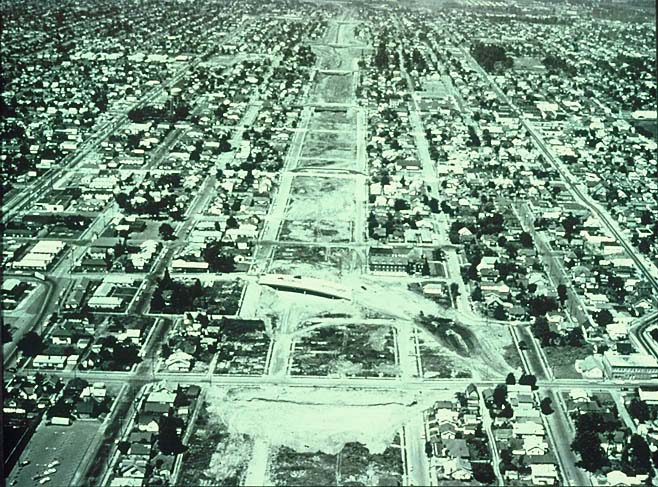Back to Part 1
The Seven Toughest Men in Oregon History – Part 4
Nimrod O’Kelly is possibly my personal favorite character out of Oregon history. His story is not only one of murder, but a complete history of law in the Oregon Territory just after formation as a Territory and during Oregon’s transformation to full fledged Statehood.
Nimrod, a veteran of the American Revolution, walked to Oregon at age 65 as part of the second wagon train to Oregon. He was a bit of a loaner to the point that he didn’t really stay with the actual wagon train much, although he did have a few people he called friends. Once the wagon train arrived in Oregon City, instead of staying there for the winter, he immediately started walking south in an attempt to find virgin land to settle. He kept walking until he was at least two days walk from any other settlers. He finally stopped near present day Brownsville (who’s claim to fame is the where the movie “Stand By Me” was filmed,) and setup a land claim.
As Nimrod was a Revolutionary War veteran, he claimed himself an extra 160 acres of land as was due to him as part of his discharge from the war. He also claimed 640 acres instead of 320 as a single man. His reasoning was that his wife and kids would be joining him soon so he was legally entitled to claim the full 640 acres. But pretty soon Nimrod found himself surrounded by unwanted neighbors. A few of the neighbors took it upon themselves to only recognize a claim of 320 acres, noting that after two years no wife and children had shown up, so they must not exist. Two even went so far as to place their own land claims over large parts of his. As Nimrod was a bit of a loaner and not entirely liked by other locals things escalated to the point where he shot and killed one of the men who had taken over part of his claim.
Instead of running, Nimrod walked a full day to turn himself in for the first murder in the Oregon Territory. As there was no Sheriff, no Judge, no Courthouse or even Jail at that time, he was sent back to his home to wait for the rest of the settlers to figure out what to do. Eventually things were put together enough to where he could be tried and convicted by a Jury. He was jailed at a neighbors house, one who had been one of his few friends on the wagon train coming over. He spent over a year this way, being allowed to walk around freely and taking meals with the family before being locked into a nearby shed for the night.
Eventually a “real” Judge was appointed and another trial held as the Oregon Territory had adopted a new set of laws. He was found guilty again, and jailed again. After a while he was allowed to return to his own property to await a proper jail to be built, as Oregon simply didn’t have a jail yet. Once one in Portland had been built, he was moved there. But his Sheriff and Sheriff Deputy escort got drunk the night before they were to drop him off. Instead of delaying his arrival, Nimrod walked to the jail by himself and signed himself in.
After several attempts to get a pardon from the Governor of the Oregon Territory and the President of the United States, he was pardoned by the first Oregon State Governor. During this time Nimrod’s family had actually shown up and settled onto the claim he had made. Instead of spending time with his family, he immediately set out to Washington D.C. to formally file his claim under the new laws. This done, he walked back to Oregon. For the second time.
Unfortunately laws changed again and all settlers had to re-make their Donation Land claims yet again. So at 75 years old, Nimrod made a second round trip to Washington D.C., walking all the way to file his claim for the third time. Nimrod returned home to Oregon, but died only a couple of years later. His claim was eventually split up and sold by his family, part of it to the second husband of the wife of the man he had originally shot and killed.
On to Part 5 – The Survivors of Battle Rock

